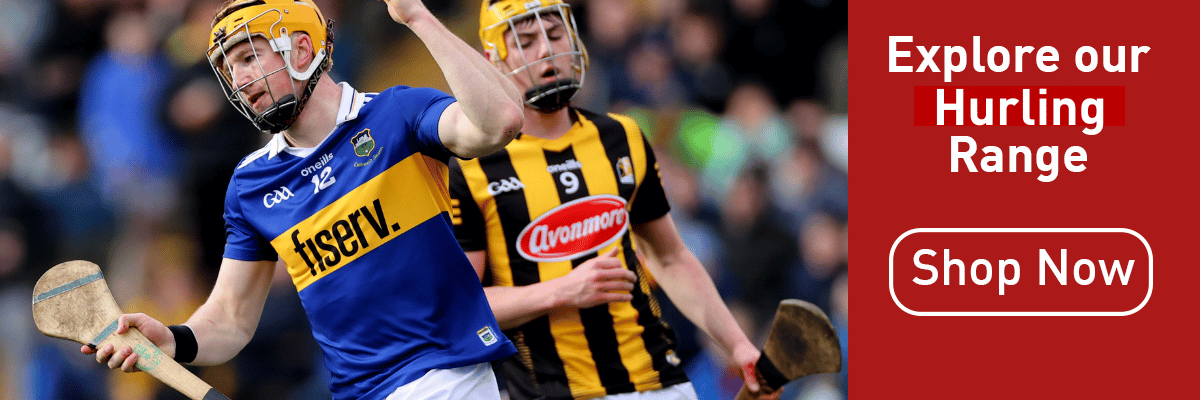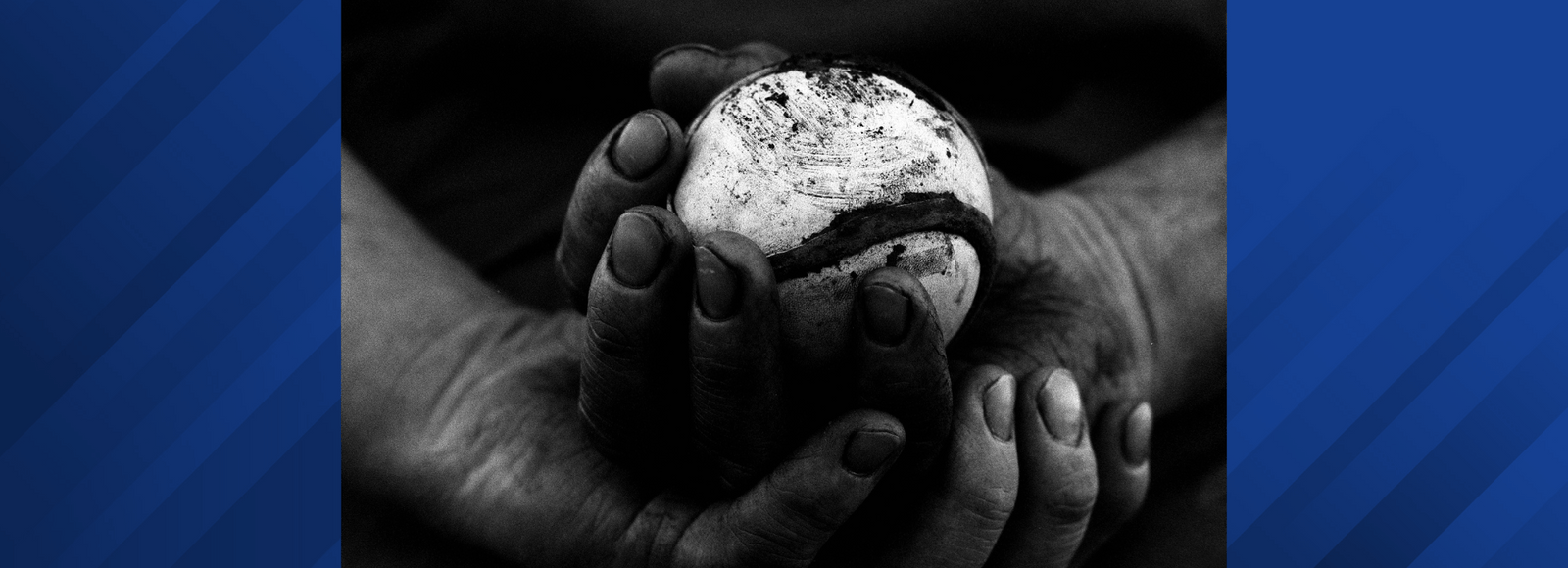
What is the History of Hurling
We know hurling as one of our greatest past times and one of the greatest sports in the world, but do you know what the history of hurling is?
It might surprise you that a lot don’t know the game’s origins date back over 3000 years.
Back then, the Celts were arriving to Ireland and introduced the legal system. Hillforts were being constructed across the country such as the Hill of Tara.
It survived some testing times to become a cultural phenomenon and a modern day behemoth in terms of involvement and influence.
In this blog we’ll take a trip back through time to discover where it originated and what it has become.
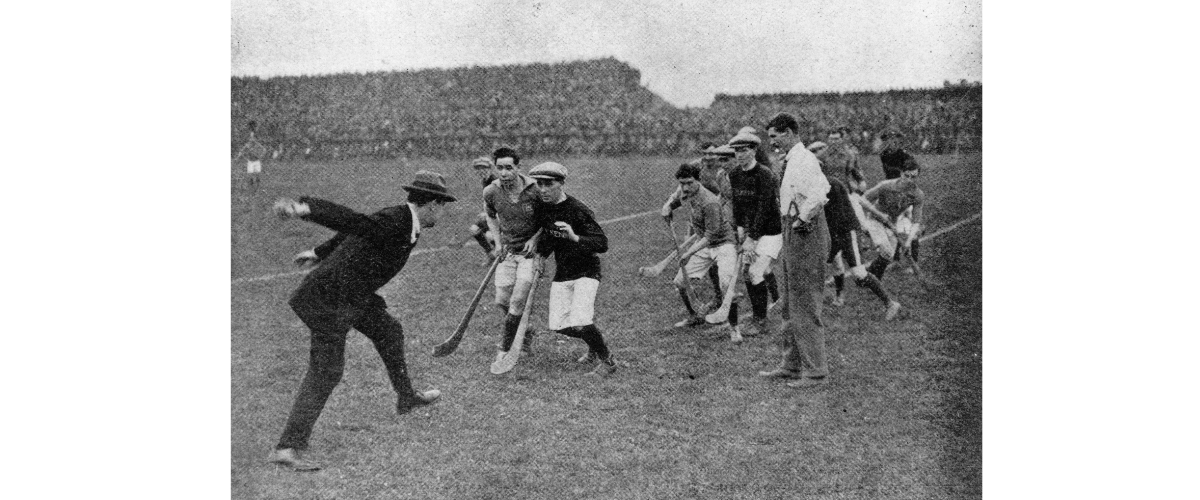
What is Hurling: The Origins
It’s first mention in literature dates back to 1272BC – a long, long time ago.
Ironically enough, that reference took place in Mayo, near the village of what is now known as Cong, which is a devout footballing county.
It is written that at some time during The Battle of Moytura, at Moytura Conga, the Fir Bolgs challenged the Tuatha De Danann to a game of hurling and proceeded to kill many of their enemies during the game.
However, Tuatha De Danann had the last laugh, slaying the king of Fir Bolg, King Eochai, on the fourth day.
The spot where the game proposedly took place is now called The Field of the Hurlers (below).
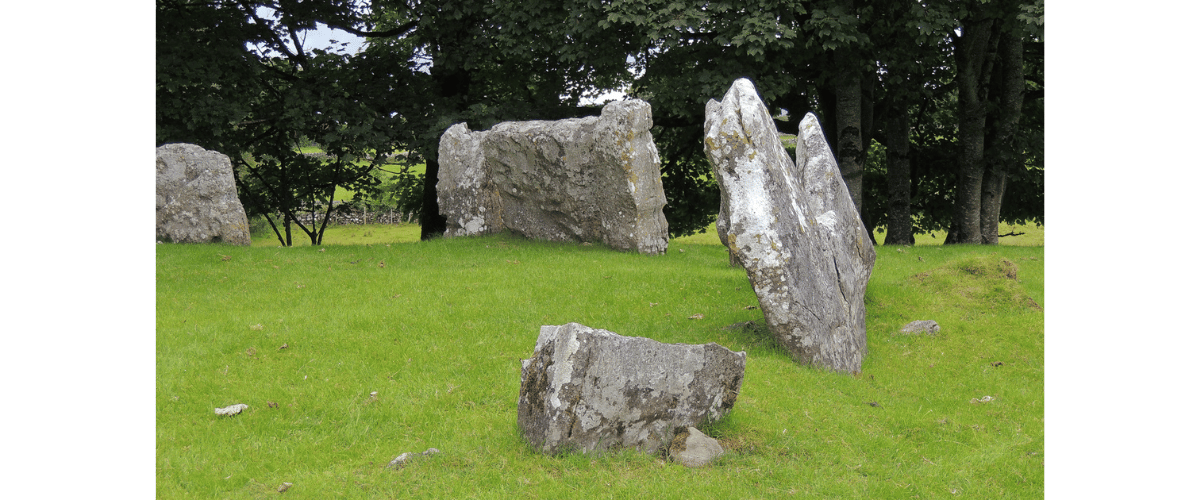
Yet, if you are to believe urban myth and legend, the story of Cú Chulainn and hurling dates back even further.
Passed down by word of mouth for generations the story of the great Irish mythology was eventually written down 800 years ago in the Táin Bó Cúailnge and still told today.
In short, he was a hero warrior who possessed super human strength.
Christened as Sétanta, he is said to have been able to, allegedly, hit a sliotar with a ball, leap forward and hit it again all before it hit the ground – impressive if true!
He derived the name Cú Chulainn after he killed a large wolfhound, named Culann, that was keeping watch over the kingdom of his uncle, King Conor MacNessa.
Arriving to the gates of the kingdom under the cover of darkness, he was set upon by the hound who through he was an intruder.
Sétanta drove the ball with such accuracy and power it went straight down the hound’s throat and killed him instantly.
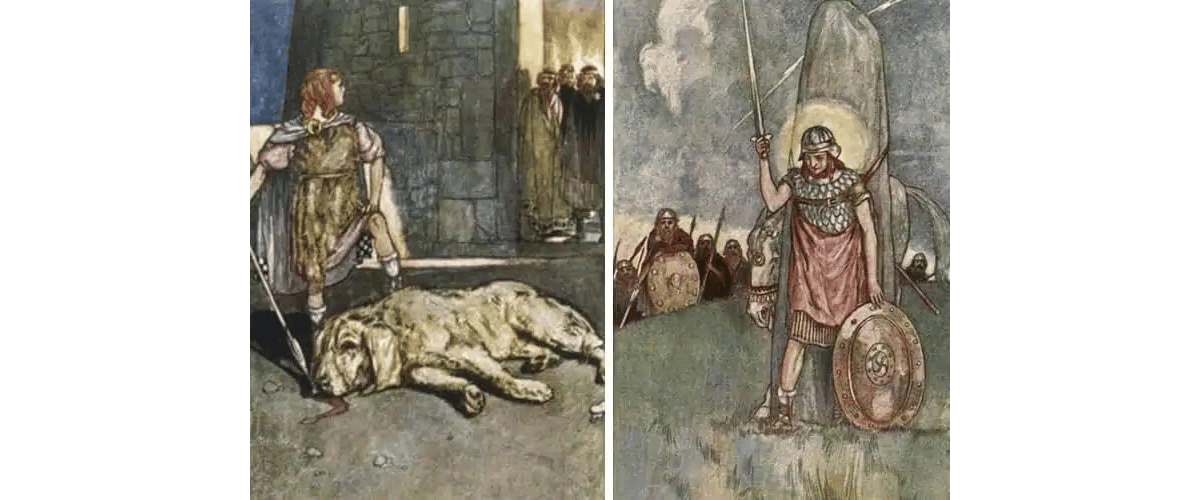
Upon hearing the ordeal outside, the King and his aids rushed outside to find the hound dead and Sétanta standing over him.
Relieved and impressed in equal measure as to how the young boy killed the hound, the King was also upset at losing a valued dog.
However he need not be too sad as his nephew offered his services to mind the castle while he searched for an able replacement, earning the name Cú Chulainn, which means ‘Hound of Culann’ or ‘Hound of Ulster’.
How Hurling was played Then and Now
In its earliest form, hurling was played with a stick called a camán, which was curved at the end, and a ball made of animal skin or other materials.
The goal of the game was to hit the ball, the sliotar, between two markers, often trees or stones, using the camán.
There was no pitch to play on in the early days, so often fields, hills and bogs were used.
In the 17th century, it is accounted as being played on a field nearly 300 yards long and the victorious team had to drive the ball through the goal of the opponent.
The Brehon Laws, a system of Celtic law, established provisions for instances of intentional injury or even death caused by hurling in addition to providing compensation for accidents involving the sport.
After the Normans took over, the game was outlawed in the 12th century, but it survived and even thrived until the early 19th century, largely because of landlord support.
For more on the rules of the game, check out How Long is a GAA Pitch blog.
Emergence of the Modern Game of Hurling
While the history goes back a long way, the modernising of the sport under current regulation and form is much more recent.
The founding of the GAA in 1884 was pivotal in the ancient game developing recognition, an established set of rules and structured competition.
If you want to know more about the GAA, check out our blog on What the GAA Stands For.
The GAA was founded to support and maintain traditional Irish sports, such as hurling, and it soon emerged as a dominant force in the Irish sports scene.
The organisation offered a platform for arranging contests and matches as well as assistance in standardizing the rules of hurling and other sports.
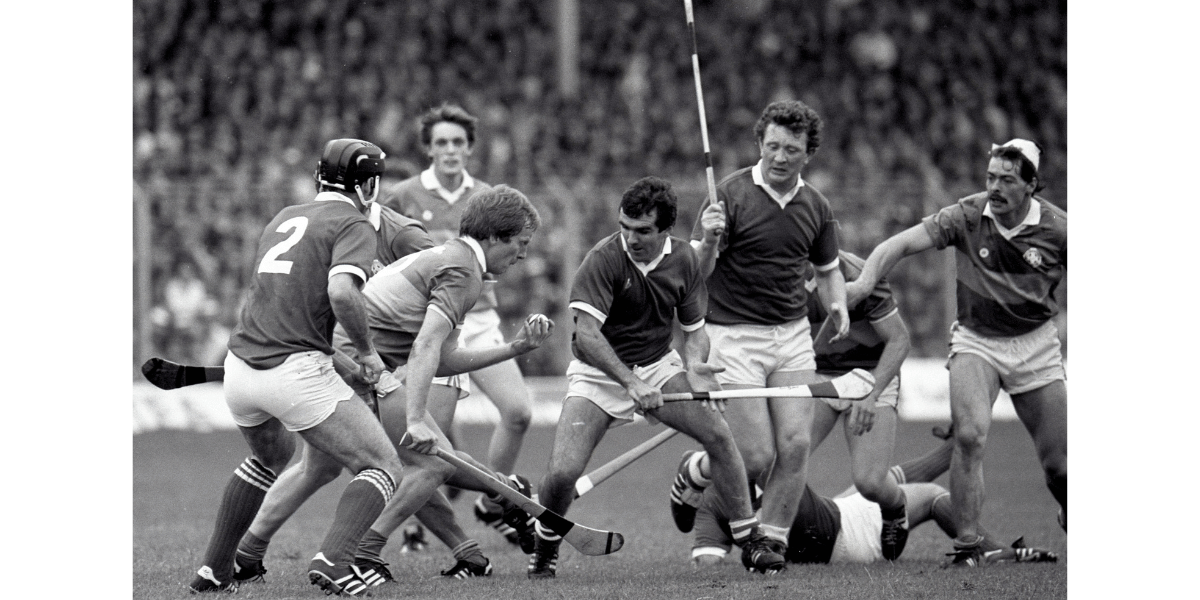
The GAA’s early years were characterised by controversy and hostility as it fought with British authorities and worked to forge its own unique identity.
Nevertheless, despite these difficulties, the GAA stayed dedicated to promoting hurling and other Irish sports, and they had a significant influence on how the game is played today.
The creation of a set of regulations for the sport was a significant advancement in its modernisation.
Matches could be played with a wide range of rules and equipment prior to the GAA’s involvement, which could make it challenging for teams to compete on an even playing field.
A level playing field was made possible by the adoption of standardised regulations, which also contributed to the fair and safe conduct of games.
The advent of new tools like the sliotar and hurley was a significant advancement in the modernisation of hurling too.
Due to these advancements, the game became faster and more exciting while also allowing for increased player ability and precision.
This blog will give you more detail on how long a game of hurling lasts.
The Significance of Hurling in Irish Culture
The game is so much more than a sport in Ireland.
With the emergence of the club and county codes and parish rule, hurling is a strong symbol of identity and pride.
Pride derives from the fact that people can only play for the parish in which they are born, creating a strong sense of unity and pride of place within local communities.

The game is celebrated in music, literature and art by some of the most well-known musicians and poets, such as WB Yeats, and matches are some of the biggest social events in the Irish calendar.
The All-Ireland Hurling Final, for example, attracted over 1 million viewers in 2022.
Recently, the game has sparked huge interest worldwide too, particularly in the USA.
Hurling folk look at the game as a second religion.
What is Hurling Today
Modern day hurling is only growing in popularity.
Right now, the game boasts some of the most talent players the sport has ever seen.
Check out our blog on the Best Team of the Past Two Decades to read more on them.
The sport has also gained a following around the world, with teams and leagues established in countries such as the United States, Canada, and Australia.
There is also a lot of work taking place in Ireland and beyond to make the game more accessible and inclusive, while it is also attracting players from all backgrounds and nationalities.
Conclusion
We hope you enjoyed a look back through time on the history of hurling and learned a few things.
It’s an amazing sport and we are supporting it for a long time.
Check out our full range of GAA gear below.
